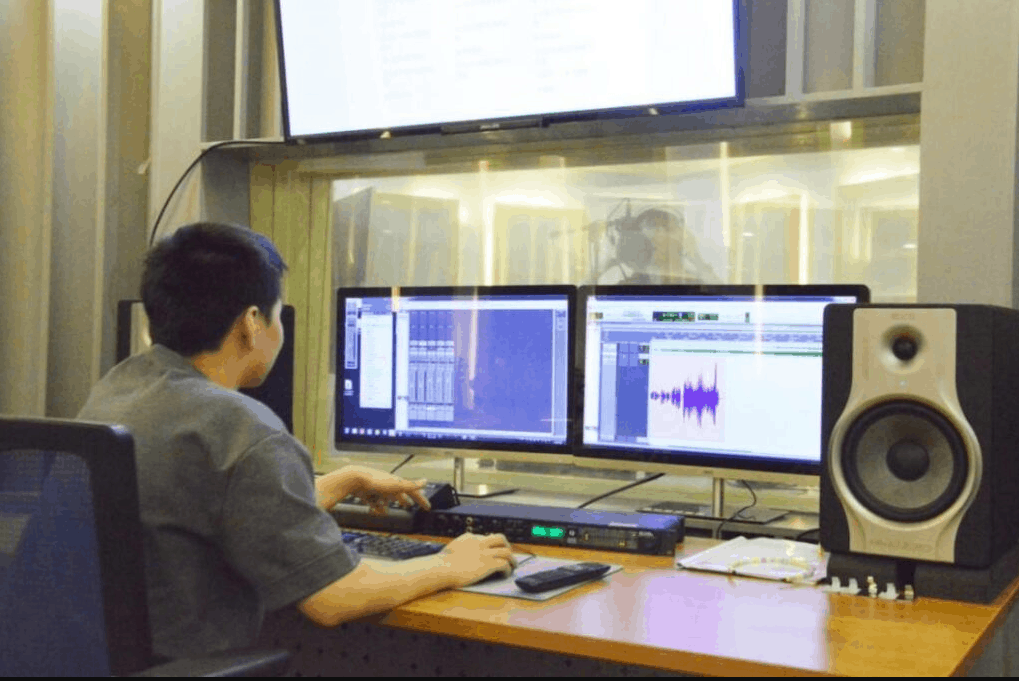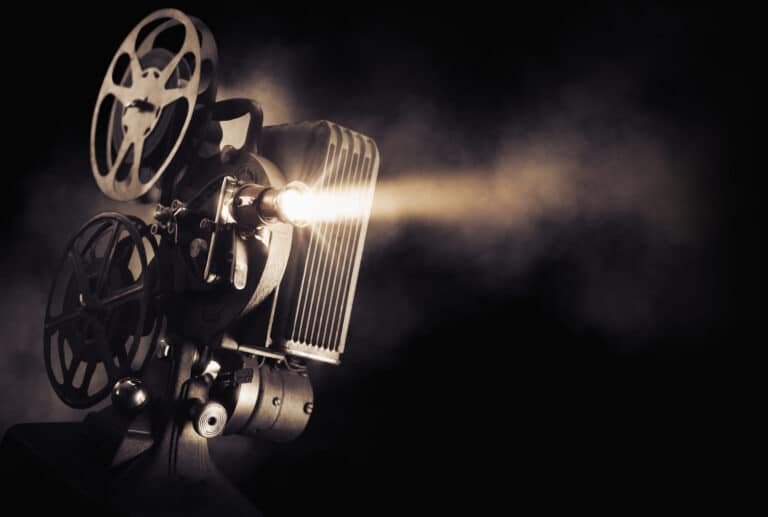Voice over and recording, as the name implies, is to allow the voice talents to adjust their emotions according to the needs of the situation and record the voice into the software for post-production. To understand how to voice over, record, and produce, we must first understand “voice-over”, “recording” and “audio post-production” one by one.
voice-over is the process of adding voice to a movie or multimedia. In a narrow sense, it refers to the voice talents equipping the characters with voices, or replacing the language dialogue of the characters in the original film with other languages. At the same time, due to errors and omissions in the voice, the process of re-filling the dialogue by the original talent is also called voice-over. When recording photography, the talent’s voice or singing is replaced by someone else’s, also known as “voice-over.”

The recording is the use of mechanical, optical, or electromagnetic methods to record the voice.

Audio post-production is to add background music, special effects music, multilingual voice-over commentary, lip-sync dubbing, and soundtrack to video materials.

After we know these three words, I believe we have a preliminary understanding of how to voice-over, recording, and post-production, but there are more conditions to produce a high-quality audio file.
First, a closed sound-proof environment is required for recording. Generally speaking, a professional recording studio is required. While recording, it is best to have a professional sound engineer monitor the audio output and make timely adjustments and reminders.
After the audio recording is completed, the audio production team will make adjustments, edit, and process, and finally produce a complete audio file. For individuals, some people now use mobile phones to record an audio file. Although it is very convenient, there are also many drawbacks. The first is that there are more noises and the recording is not clear. The second is that it is more difficult to tune later. The third is that the audio file recorded by the mobile phone will compress the audio quality and cannot restore the voice at a high level. So if you want to record a high-quality audio file, you still need to find a professional team.
DYvoice studio has three international professional acoustic design recording studios and more than 800 well-known voice talents’ cooperation resources. It is a comprehensive service organization integrating film and television media, brand planning, and consulting management. Individuals and companies with dubbing needs are welcome to enter our official website: www.dyvoices.com for consultation.
In general, recording and voice-over, and post-production also require high professionalism. To record good audio, a good environment, a good voice, and a good recorder are indispensable. After reading the above, I hope you know more about how to record, voice-over and production.
Was this article useful to you?
0 / 5. 0
很抱歉,这篇文章对您没有用!
让我们改善这篇文章!
告诉我们我们如何改善这篇文章?









